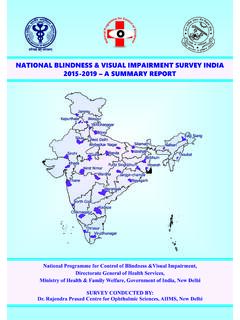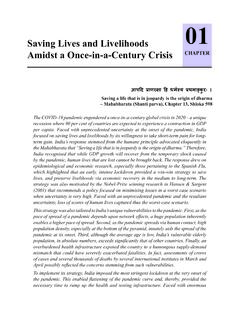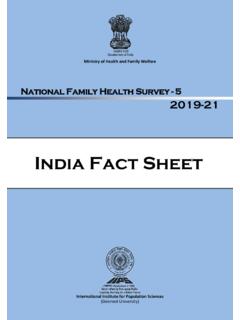Transcription of Domestic Violence in India - ICRW
1 A Summary Report of a Multi-Site Household SurveyMay 2000 Domestic Violence in India33 Copyright 2000 International Center for Research on Women and The Centre for Development and Population ActivitiesDomestic Violence in IndiaA Summary Report of aMulti-Site Household SurveyINTERNATIONAL CENTER FOR RESEARCH ON WOMENW ashington, DCFunded by USAID/IndiaMay 2000Dr. AhujaKing s Medical College, LucknowDr. Shrikant BangdiwalaUniversity of North Carolina-Chapel HillDr. BhambalGandhi Medical College, BhopalDr. Dipty JainGovernment Medical College, NagpurDr. L. JeyaseelanChristian Medical College, VelloreMs.
2 Shuba KumarChennai Medical College, ChennaiDr. M. LakshmanAll India Institute of Medical Sciences, DelhiDr. MitraKing s Medical College, LucknowDr. NairGovernment Medical College, ThiruvanthapuramDr. Rajmohan PillaiGovernment Medical College, ThiruvanthapuramDr. R. M. PandeyAll India Institute of Medical Sciences, DelhiDr. Abraham PeedicayalChristian Medical College, VelloreDr. Laura Sadowski University of North Carolina-Chapel HillDr. Saradha SureshChennai Medical College, ChennaiDr. UpadhyayaGandhi Medical College, BhopalInternational Clinical Epidemiologists Network (INCLEN)PrefaceThe International Center for Research on Women (ICRW), in collaboration with Indian researchers, is pleasedto present the third in a series summarizing the research studies being undertaken in India on domesticviolence against women.
3 The summary report presented here has been prepared by the ICRW team com-prised of Barbara Burton, Nata Duvvury, and Nisha Varia in consultation with the individual research takes full responsibility for any errors or omissions. The interpretations of findings in the full report donot necessarily reflect the opinions of the individual research ICRW team wishes to acknowledge the incisive comments by Geeta Rao Gupta on the draft of this report,the excellent editorial support by Charlotte Feldman-Jacobs, and the unstinting administrative support byMiriam DuvvuryProject DirectorContentsIntroduction1 Methodology6 Results8 Nagpur Case Study22 Conclusion and Recommendations27 Appendices29 References321 IntroductionThe International Center for Research on Women(ICRW)
4 Has conducted a three-year research pro-gram on Domestic Violence in India in partnershipwith researchers from a range of Indian academic andactivist organizations. A National Advisory Council,representing the various constituencies in India thataddress the issue, provided guidance for the box on page 2 summarizes the individual stud-ies supported through the research program. The goalof the program, begun in 1997, was to provide reli-able and sound information with which to identify,replicate, expand, and advocate for effective re-sponses to Domestic program had three components: Assessing patterns and trends of Domestic violenceby identifying and analyzing existing data sets; Conducting population-based surveys to estimateprevalence and to increase the understanding ofdeterminants and outcomes of Domestic Violence .
5 And Distilling lessons learned from an analysis of on-going programmatic and policy volume summarizes the large multi-site house-hold survey conducted by the International ClinicalEpidemiologists Network (INCLEN) to estimate do-mestic Violence prevalence in India and to increaseunderstanding of Domestic Violence correlates many homes provide the socially assumedfamily characteristics of love, support, and bonding,it has become evident that families frequently are alsothe scenes of violent human relationships both be-tween the couple and among parents and their off-spring.
6 Women are unequivocally the primary vic-tims of family Violence , and the tradition of house-hold privacy has kept this Violence against womenhidden from the last few decades, gradual improvementsin women s status due to women s activism in vari-ous parts of the world has helped slowly to increasethe visibility of Domestic Violence as a social prob-lem. Despite this, Violence against women within thefamily home, until very recently, has received littleattention as either a social or a public health sensitivities and stigma associated with domes-tic Violence , the perception that it is primarily a judi-cial and legal issue, and the lack of data on the di-mensions of abuse, have hampered understandingand the development of appropriate interventions(Heise et al.)
7 1994). Research to address these ob-stacles has begun to make a and TheoreticalFrameworkA number of explanatory models have been postu-lated to explain Violence within the family. Initially,intra-personal models focused on theories of violenceoriginating in the psychological abnormalities of the2 Domestic Violence in India : A Summary Report of a Multi-Site Household SurveyAn Analysis of Primary survey Data from GujaratLeela Visaria, Gujarat Institute of Development Studies, population-based study presents a picture of Domestic Violence as reported by 346 married women in ruralGujarat.
8 Through both quantitative and qualitative methods, this project explores the magnitude and correlates ofviolence; forms and reasons given for Violence ; and women s options for Analysis of Hospital Records in Thane District, MaharashtraSurinder Jaswal, Tata Institute of Social Sciences (TISS), study examines the records of hospitals and community health outposts in Thane District. The project studiesthe construction of the definition of Violence by both the community and the providers of care as well as recon-structing specific incidents of Violence through in-depth Analysis of Records of Special Cell for Women and Children Located in the Police Commissioner sOffice in MumbaiAnjali Dave and Gopika Solanki, Tata Institute of Social Sciences (TISS), study analyzes the records of Mumbai s Special Cell, a collaboration between the police and the Tata Institute ofSocial Science.
9 The project addresses how the language used in recording cases influences the investigativeprocess and the final resolution of the Analysis of Records of NGOs in BangaloreSandhya Rao, Hengasara Hakkina Sangha, the records of non-governmental organizations in Bangalore, this study explores Domestic Violence as ahuman rights issue. Included in the sample are a feminist organization working on Violence issues for the lasttwenty years and a shelter which was established in the Analysis of Court Records in Bangalore District Elizabeth, National Law School, University of India , study examines the records of a family court in Bangalore, three district level courts, and the High Court.
10 Theproject examines cases to understand the judicial interpretation of existing laws that have an impact on domesticviolence and to identify the gaps in investigative procedures that result in Population-Based survey of Domestic ViolenceInternational Clinical Epidemiologists Network (INCLEN).This multi-site study is being conducted by local researchers in seven sites: Lucknow, Bhopal, Delhi, Nagpur,Chennai, Vellore, and Thiruvanathapuram. The project explores the magnitude of Violence , risk and protectivefactors, and health and economic outcomes. The methodology addresses ethical, safety, and training issuesinvolving survey respondents and to Domestic Violence in the States of Gujarat and KarnatakaDivya Pandey and Veena Poonachana, SNDT Women s University, study examines state, collaborative, NGO, and community-based initiatives addressing Domestic Violence inGujarat and to Domestic Violence in the States of Maharashtra and Madhya PradeshNishi Mitra, Tata Institute of Social Sciences (TISS)
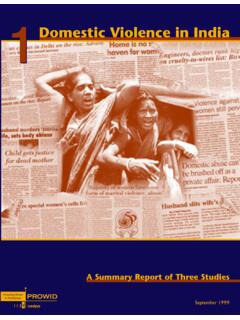
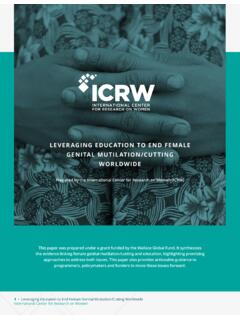
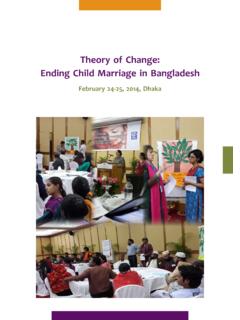

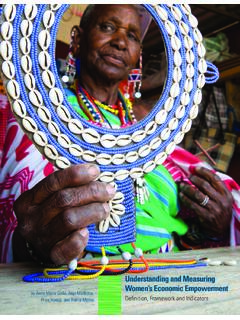
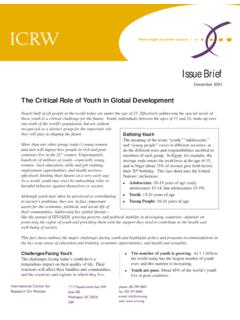
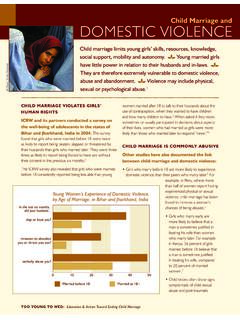
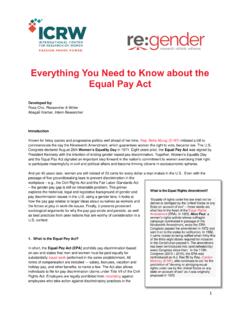
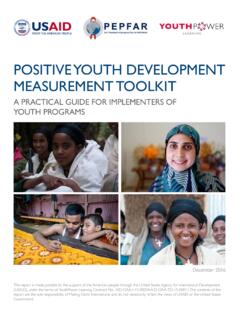
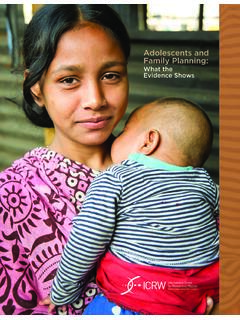

![Gender Equality and Women's Empowerment in India [OD57]](/cache/preview/0/7/f/d/9/7/1/6/thumb-07fd97166dd92c7359501888c42037d3.jpg)
